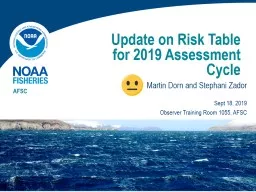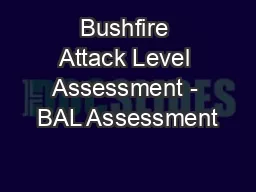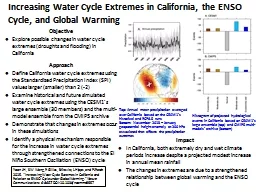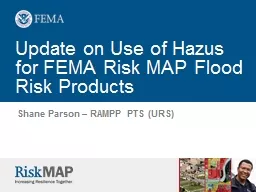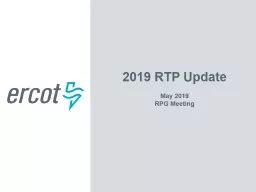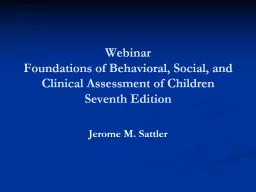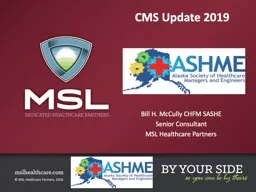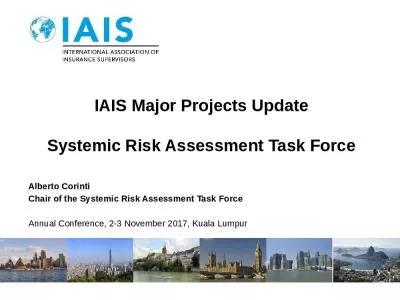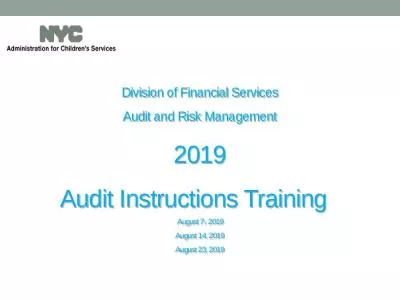PPT-Update on Risk Table for 2019 Assessment Cycle
Author : tatiana-dople | Published Date : 2019-11-18
Update on Risk Table for 2019 Assessment Cycle Martin Dorn and Stephani Zador AFSC Sept 18 2019 Observer Training Room 1055 AFSC Risk Table Approach documenting
Presentation Embed Code
Download Presentation
Download Presentation The PPT/PDF document "Update on Risk Table for 2019 Assessment..." is the property of its rightful owner. Permission is granted to download and print the materials on this website for personal, non-commercial use only, and to display it on your personal computer provided you do not modify the materials and that you retain all copyright notices contained in the materials. By downloading content from our website, you accept the terms of this agreement.
Update on Risk Table for 2019 Assessment Cycle: Transcript
Download Rules Of Document
"Update on Risk Table for 2019 Assessment Cycle"The content belongs to its owner. You may download and print it for personal use, without modification, and keep all copyright notices. By downloading, you agree to these terms.
Related Documents

